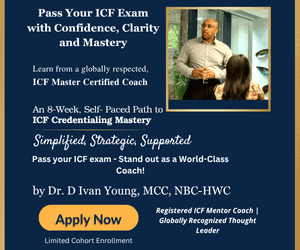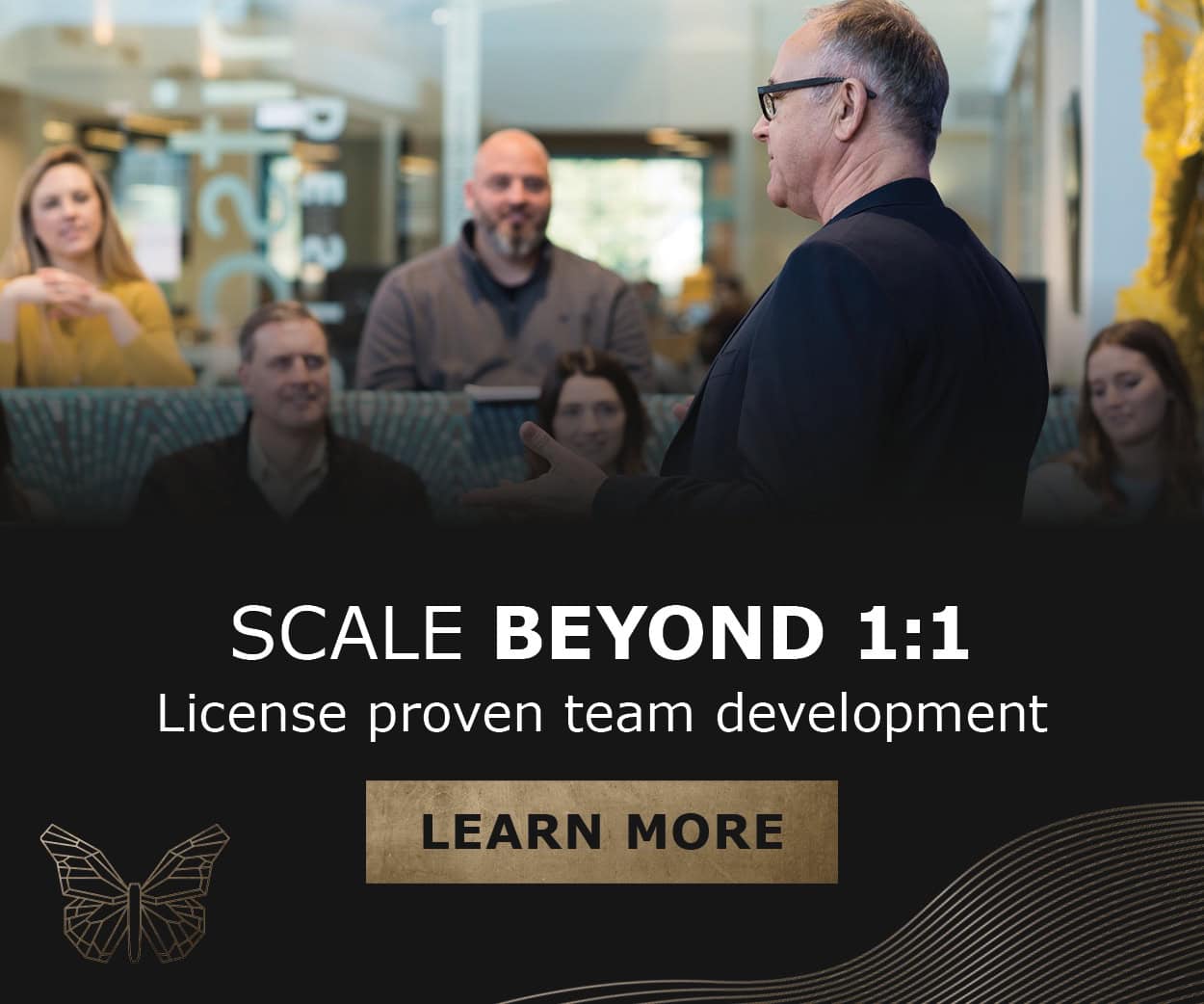A Moment of Realization: When Coaching ROI Becomes Visible
“I never envisioned our coaching sessions would change the collaborative approach across our division.” A senior executive said these words during our follow-up meeting six months after the conclusion of our formal engagement. At the same time, the executive’s coaching was intended to help him enhance his strategic thinking; his impact proliferated across his team through revised team meetings, new cross-functional initiatives, and significantly improved employee engagement scores across departments. This idea of rippling impact — that the benefits of coaching are not only for the recipient — is the actual and largely unmeasured value of our work together.
What ROI Typically Means
Typically, the ROI (return on investment) for coaching is quantified from a straightforward fiscal perspective (Uppal et al. 2024): the dollar gains are less than the dollars spent, divided by the dollar spent as a percentage. Companies may measure gains in productivity, turnover reduction, or enhanced sales directly traceable to coaching interventions. Human resource managers often demand such measurements to defend coaching budgets. While these fiscal measurements are valuable, organizations should also see tangible results. Measuring only spreadsheet calculations does not reflect the profound changes that constitute the most helpful part of coaching. The executive who establishes new communication habits touches everyone with whom they interact, creating waves of change that most ROI measurements do not capture.
The Ripple Effect of Coaching
Coaching engagement transforms every individual and system within that person’s environment. A coached leader creates new ways of seeing, improves communication skills, and restructures decision-making processes, with the effects being felt instantly by team members and generating primary effects (Uppal et al., 2024). These team members transferred effects, then radiate secondary ripples that extend into organizational units before eventually creating a culture shift. Measurable ways these ripples manifest include:
- Enhanced psychological safety across teams.
- Improved cross-departmental collaboration.
- Reduced workplace conflict and politics.
- Increased innovation and idea-sharing.
- Greater organizational resilience during change.
- More authentic leadership modeling at multiple levels.
When leaders develop skills for asking powerful questions instead of giving quick solutions, they boost their effectiveness while simultaneously demonstrating behavior that leads others toward reshaping organizational problem-solving practices.
Real-World Case Story: The Marketing Director’s Journey
I coached a marketing director last year whose chief goal for coaching was developing a more significant strategic influence with the executive team. Her technical skills were not doubted, but she could not achieve buy-in for innovative marketing concepts. Our training focused on stakeholder mapping, strategic communication, and bridging across departments. The marketing director initially measured success on a personal level: improved presentation skills and higher levels of executive approval of proposals. After three months of coaching, something unexpected was revealed. The listening habits we developed for executive meetings translated into her team leadership. Her direct reports were commenting on being heard in strategy meetings. From this, marketing team members began reaching out proactively to product development and sales, departments that had historically been seen as barriers.
In just six months, the organization started to see measurable outcomes: (Uppal et al. 2024) highlight that product launch timelines decreased by 27%, customer feedback began to take part in informing marketing messages earlier in the process, and cross-functional teams began emerged of their own accord in response to market opportunities. Employee engagement scores in marketing increased by 35%, with scores in other connected areas also rising. Later, the CEO shares that what started as coaching for individuals moved the needle on the organization’s culture of collaboration. The numbers — while impressive in demonstrating faster time-to-market and more effective marketing campaigns — were only part of the story. Equally important was the organization’s improved capability to solve cross-functional problems for a sustainable competitive advantage years after the coaching ended.
How to Track ROI in Ripple Effects
To measure the full organizational effect of coaching, evaluation methods must extend beyond individual change to follow ripple effects across levels and timelines:
- Short-term measurements (3-6 months): team climate surveys, analysis of communication patterns, and stakeholders’ comments on observed changes in the coached leader’s behavior.
- Medium-term measurements (6-12 months): team performance metrics, cooperation efforts across departments, and decision-making and conflict-resolution processes.
- Long-term evaluation (1-3 years): sustainable changes at the cultural level, leadership practices being implemented throughout the organization, and systemic changes in work being performed (Uppal et al., 2024).
Effective measurement integrates quantitative data (productivity levels, engagement scores) with qualitative evaluation (interviews, observed organizational behaviors). The most important step is engaging several stakeholders, not just the individual being coached, to see how the effects of the coaching have cascaded throughout the system.
Embracing the Full Impact of Coaching
As coaches, we must think critically about how our work creates value beyond the individual client. By documenting the ripples of our coaching work — and helping organizations understand how they can measure or create awareness of those ripples — we can begin to paint a larger picture of coaching’s true fiscal ROI (Damschroder et al., 2021).
When we realize that coaching one leader can change entire systems of people, we need to design coaching not only for the single client but with an eye toward or literacy of the changes we make for the larger ecology of the organization. The question to be asked is not, “How is this leader changing and growing behaviors in (the organization)?” Instead, it is more appropriate to ask, “What have the changes meant for the ecosystem of the organization,” versus just one leader? The ripples are there. We need to help clients see them, measure them, inquire about them, and amplify them.
References
Damschroder, L. J., Knighton, A. J., Griese, E., Greene, S. M., Lozano, P., Kilbourne, A. M., … & Helfrich, C. D. (2021, June). Recommendations for strengthening the role of embedded researchers to accelerate implementation in health systems: findings from a state-of-the-art (SOTA) conference workgroup. In Healthcare (Vol. 8, p. 100455).
Elsevier.https://www.sciencedirect.com/science/article/pii/S2213076420300543/pdfft?md 5=8e188f960b1aad77588ed897df4170b0&pid=1-s2.0-S2213076420300543-main.pdf
Uppal, A., Sharma, I., & Dhiman, R. (2024). Student satisfaction as an antecedent to employee engagement among edupreneurs: a review and future research agenda. World Review of Entrepreneurship, Management, and Sustainable Development, 20(2), 117-137.https://www.researchgate.net/profile/Rahul- Dhiman/publication/378701594_Student_satisfaction_as_an_antecedent_to_employee_e ngagement_among_edupreneurs_a_review_and_future_research_agenda/links/6684e7b1 2aa57f3b8268e411/Student-satisfaction-as-an-antecedent-to-employee-engagement- among-edupreneurs-a-review-and-future-research-agenda.pdf
Disclaimer
The views and opinions expressed in guest posts featured on this blog are those of the author and do not necessarily reflect the opinions and views of the International Coach Federation (ICF). The publication of a guest post on the ICF Blog does not equate to an ICF endorsement or guarantee of the products or services provided by the author.
Additionally, for the purpose of full disclosure and as a disclaimer of liability, this content was possibly generated using the assistance of an AI program. Its contents, either in whole or in part, have been reviewed and revised by a human. Nevertheless, the reader/user is responsible for verifying the information presented and should not rely upon this article or post as providing any specific professional advice or counsel. Its contents are provided “as is,” and ICF makes no representations or warranties as to its accuracy or completeness and to the fullest extent permitted by applicable law specifically disclaims any and all liability for any damages or injuries resulting from use of or reliance thereupon.
Authors
Post Type
Blog
Audience Type
Experienced Coaches, HR & Organizational Leaders, Internal Coaches, Professional Coaches
Topic
Coaching in Organizations
Related Posts
From Check-the-Box to Culture Shift: Becoming a Sustainable Coaching Culture
There’s a quiet revolution happening inside organizations — and it doesn’t roar. It listens. It…
Cultivating Coaching Cultures That Shape Individual Contributors Into Leaders
In my coaching work with organizations, I continue to see a recurring…
The Critical Distinction Between Coaching Readiness and Coachability
Have you ever started coaching even though your instincts were signaling that…








